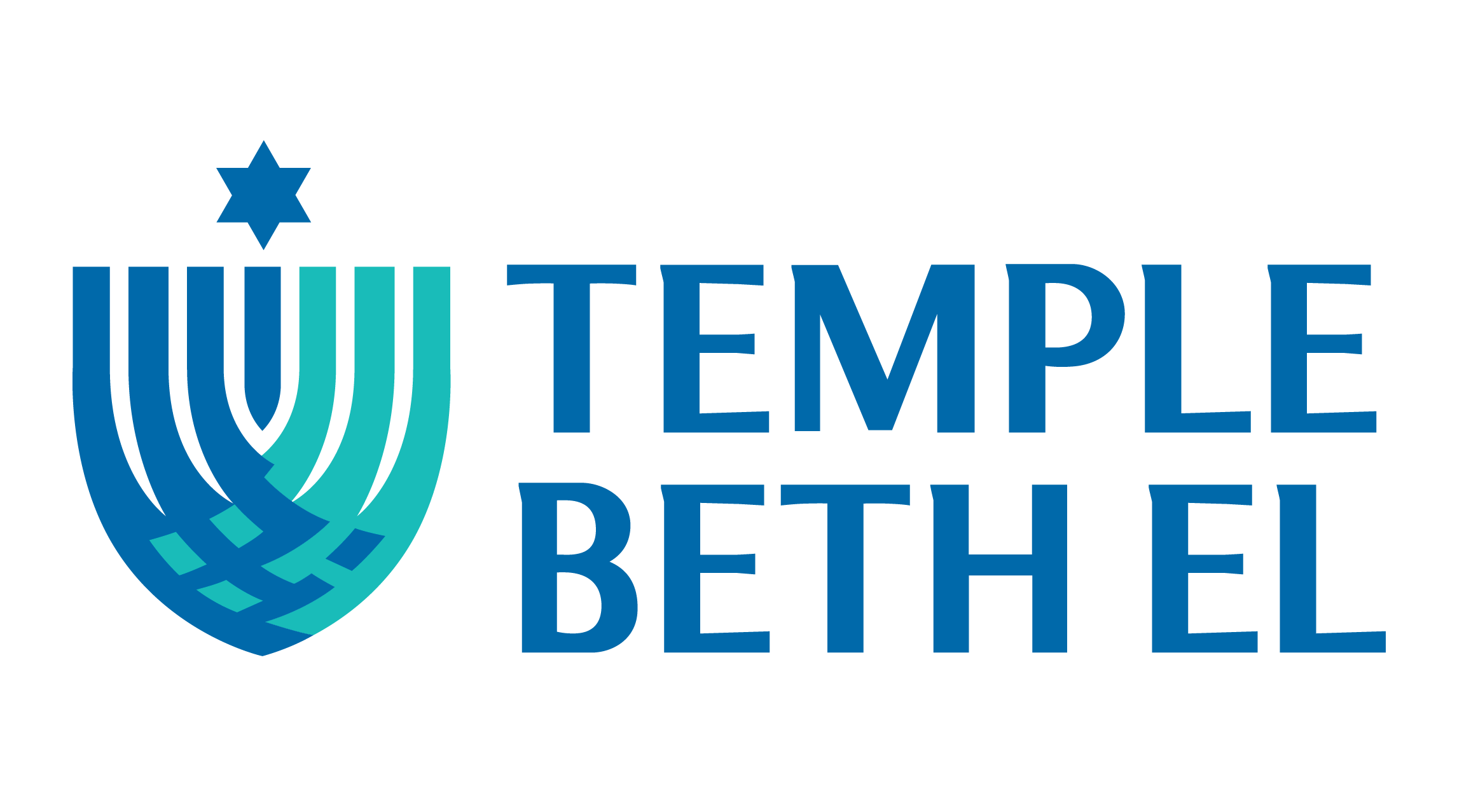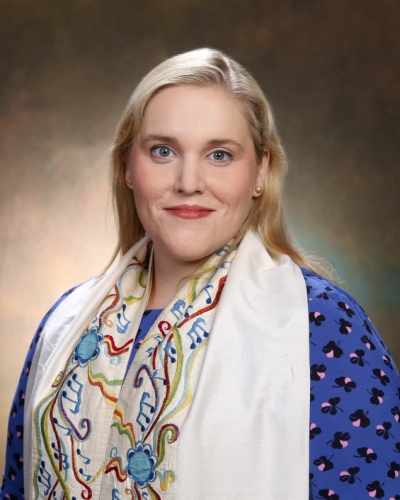A few months ago, in the course of conversation with our summer intern, Student Rabbi Hannah Elkin, she mentioned that her Clinical Pastoral Education supervisor taught her that a preacher must always “preach from their scars, but not their wounds.” I stopped her, “wait, say that again?” “You must preach from your scars, and not your wounds.” The profound wisdom in this sentiment was immediately apparent to me, not just as clergy, but as a living, breathing regular old person.
Scars. And wounds.
This simple teaching does two powerful things. First, it assumes that each and every one of us is made up of both scars and wounds. Second, that sometimes, when we are wounded, it might cloud our ability to share, choose, teach, or even to act in the way that we would otherwise – AND – that as we work toward healing, we become stronger and stronger to think, to be and to do, from a place of self-knowledge and spiritual strength.
What does it mean to have both wounds and scars? What is the process by which wounds become scars? What does it mean not simply to “preach” from one’s scars, rather than one’s wounds, but to make choices in this way? How do we live by our scars, rather than our wounds?
When we are wounded, we might curl up and retreat. We might lick our wounds trying to protect ourselves from further hurt. Wounded, we are susceptible to infection, more permeable and unwanted germs or thoughts or people can make their way into our bodies, minds, and lives.
Scars, on the other had are dense and rugged. Scars are different from the undamaged skin that once was. With scarring, some of the original functionality of skin will change – for instance – hair follicles will not grow and we might be a bit less flexible – but that important barrier between our insides and our outsides is mended. And when we come up against that inflexibility that comes with our scarring, we can feel it. We name it. We acknowledge it. And we can then make choices knowing the truth of our own experiences and that we are safe to go forward. Strong and secure, our scars allow us to move through the world again.
When we are wounded, we need care and support and different types of wounds require different types of healing. Some wounds are apparent, and we quickly go for the help we need, to the doctor or the therapist. Step by step, stage by stage we make our way from injury to our new normal. Other wounds linger and fester. We are too busy to address them. We are too distracted to even notice how hurt we have become. And some wounds are so terribly deep that the simple act of seeing that they exist requires healing steps and care before the long-term transformation to a scar can begin.
Another colleague of mine shared recently that she had been in a motorcycle accident as a young adult, years before I met her. She shared that she was so badly injured, that in some cases, it took a decade for her skin to completely heal. I didn’t know this about her; she seemed so strong and unbreakable to me. A decade to physically heal thoroughly? It seems that some wounds take that long to become scars. For some wounds, even a decade of care of body, mind, and spirit will not be sufficient.
We are made up of wounds and of scars, an array of marks on our physical or mental selves that tell the story of our lives. At any moment, these wounds and scars are at some varying stage of healing. We heal through acknowledging our illness or our injury and finding the right tools to bring those wounds closer and closer to closure, a new and forever changed scaffolding of skin and self. And as healing comes, however long it takes, we are able to move forward in renewed health and wholeness, ready to choose life, from the rich and intimate knowledge of the story of each one of our beautiful scars.
On this afternoon of Yom Kippur in our vulnerability –
the deepest of our hurts,
the shattered parts of who we are,
the longing that we feel for people who – are – gone,
the nagging wonder about paths not taken,
the anticipatory grief that courses through our veins, knowing that loss will – inevitably – come,
the knowledge that there is no more treatment,
the chasm between here and recovery,
the turmoil of regret,
the desperate desire to be whole,
the process of our wounds transforming to our scars –
Is something for which we pray.
Together, we pray for healing and we pray for wholeness.
In just a few moments, the rabbis and I will come out in to the sanctuary to be closer to you. If you choose, please share the names of those in your heart these last hours of Yom Kippur. Share the names of those for whom you desire more wholeness, more health, more peace, more safety – that, together, our prayers might make it so.
Baruch Atah Adonai – rofei hecholim.
Blessed are You, Adonai, who helps us to bring healing and wholeness into the world.




